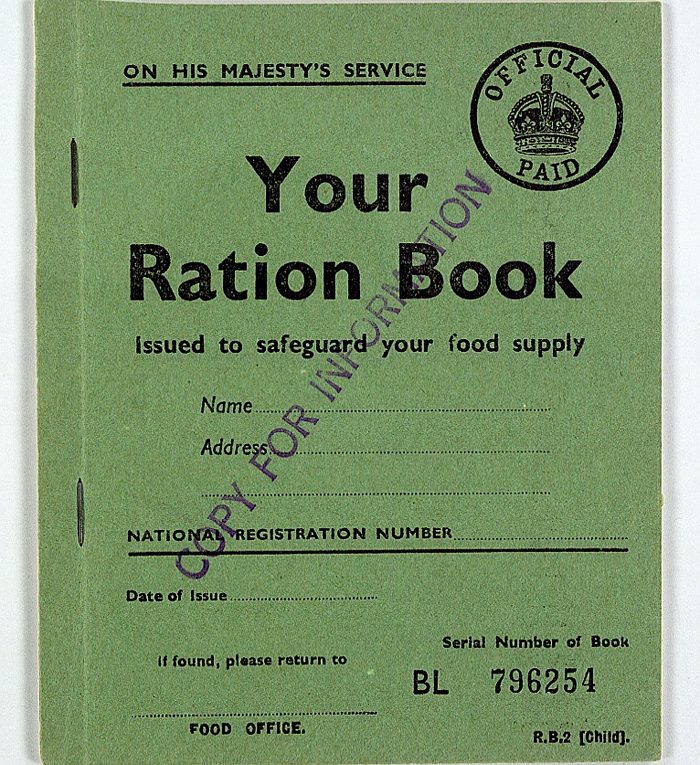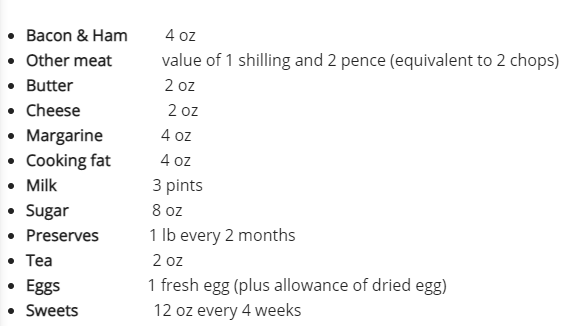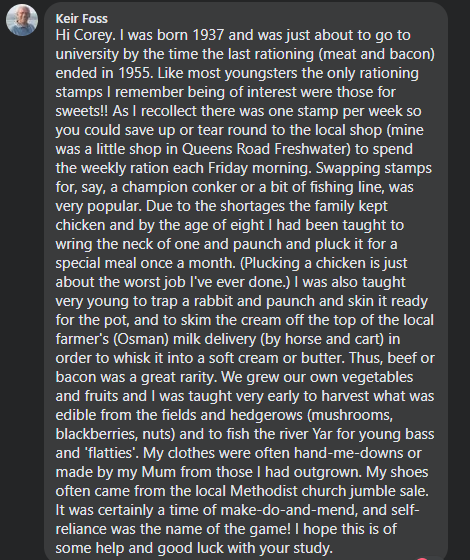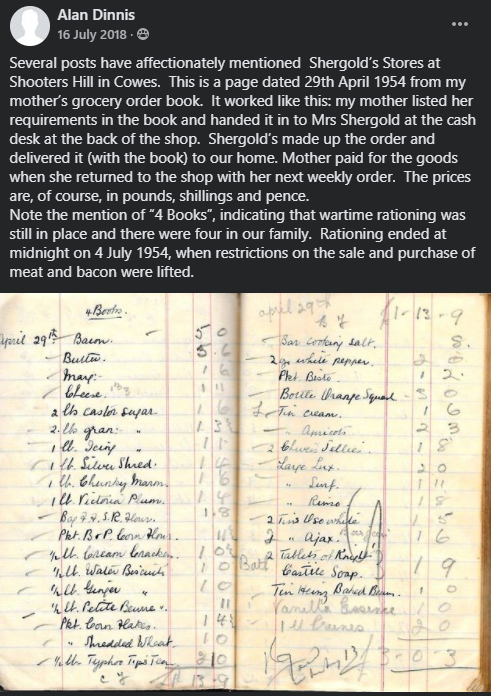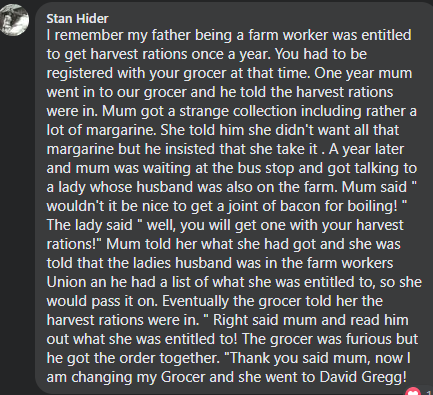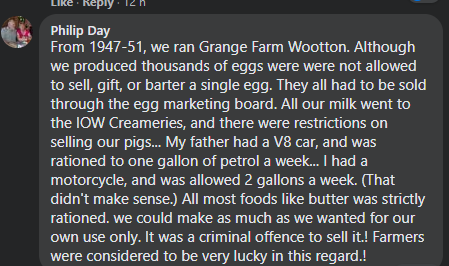Post-war rationing on the Isle of Wight
During world war II, widespread rationing was introduced on numerous goods for the population of Britain. This started in 1939 with petrol rations but slowly things such as meat, tea, and dairy products also began to be rationed. However, even after the war had concluded, rationing stayed in place until 1954 for a multitude of reasons. A couple of these included the controlling of national debt and the providing of a crippled Europe with food. The USA also withdrew its support of the Labour government leading to further cutbacks and difficulties importing. Rationing became a very normal part of life for many during the 15 years it was in place and this project aims to inform on the different aspects of rationing. I will also be sharing the stories of people who lived through rationing, and will be using examples from my home residence, the Isle of Wight, as evidence.
To give a general idea of what the average adult was allowed, here is a list of the weekly food ration allowance:
Ration Books and how families adjusted
Ration books had been introduced at the tail end of First World War to control food usage, and this happened again during World War II and in to the 50s. Essentially, these books were a collection of coupons which could be used at designated butchers, green grocers, petrol stations and other stores to collect the equivalent amount of food or petrol. Money still had to be used as the coupons only indicated the amount that could be received. The books were given to both children and adults and families learnt to adapt to these restrictions. For example, as contributor Keir Foss explains (image below), he was taught a bounty of skills to put food on the table such as plucking chickens, trapping and skinning rabbits and whisking and skimming milk. He also grew his own fruit and vegetables as did many did during wartime and beyond – foraging and fishing was also common. Finally, Keir concludes that his clothes were hand-me-downs or made and repaired by his mother reinforcing the idea of making do with whatever was available!
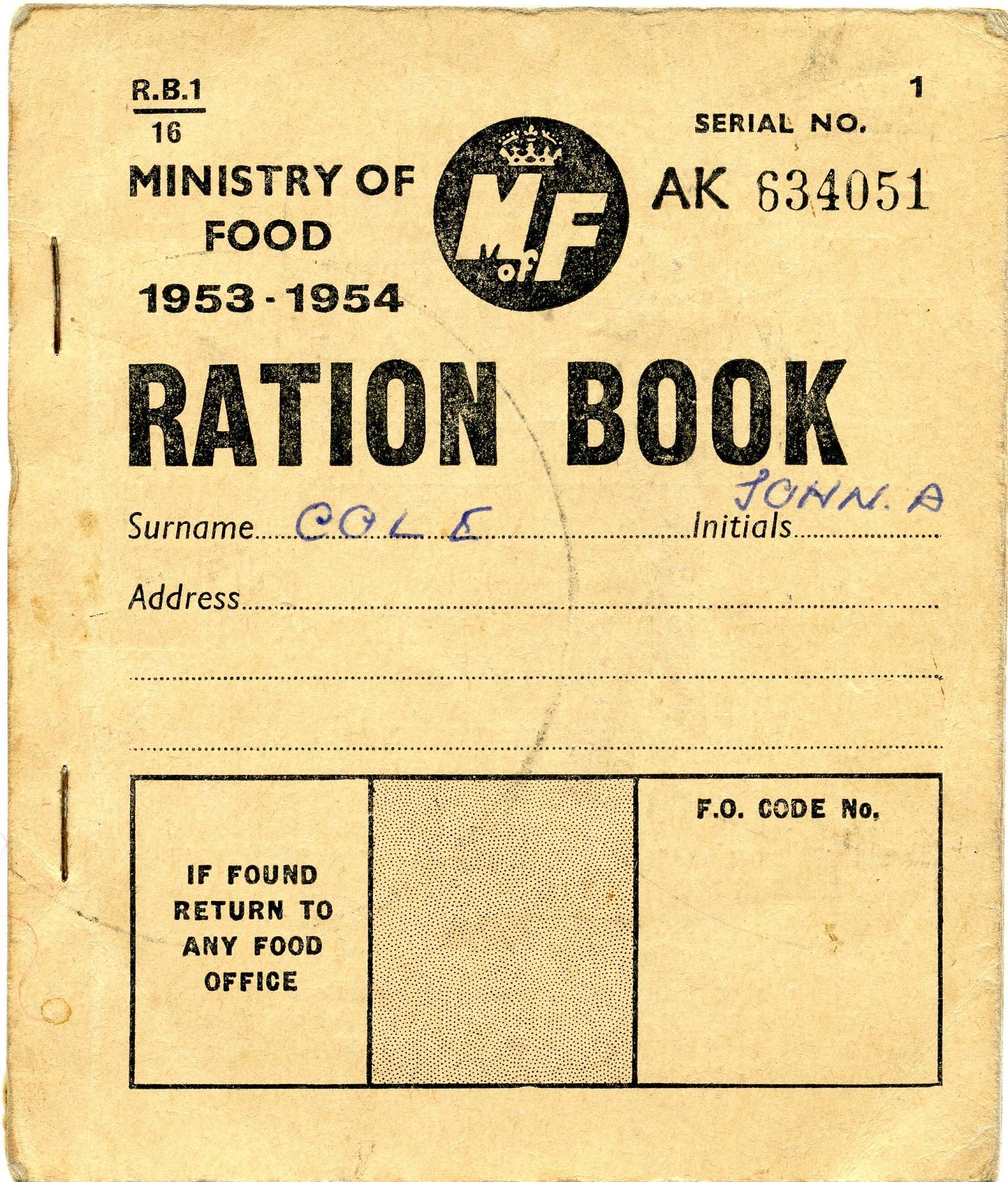
An example of a ration book from island resident John A. Cole 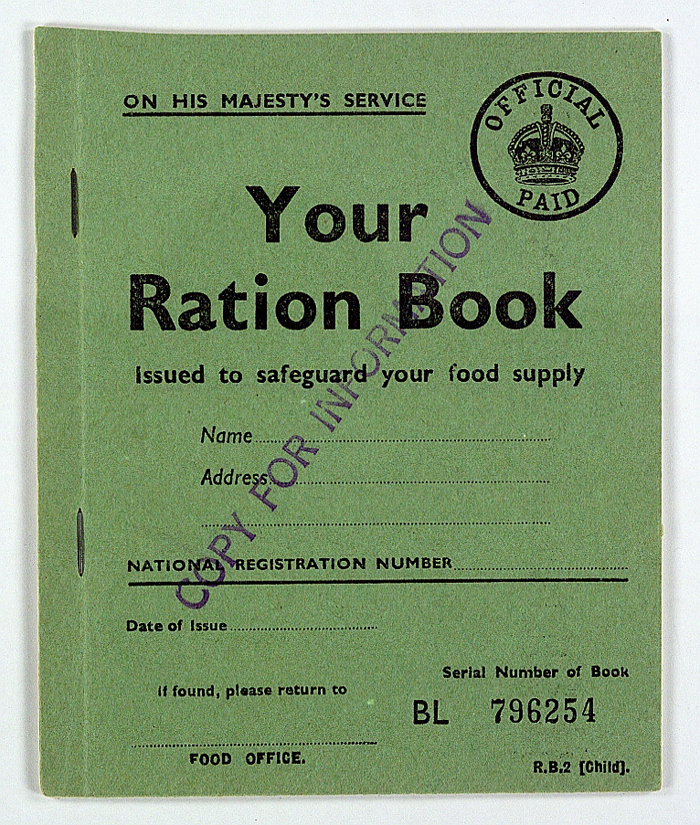
A ration book for a child. 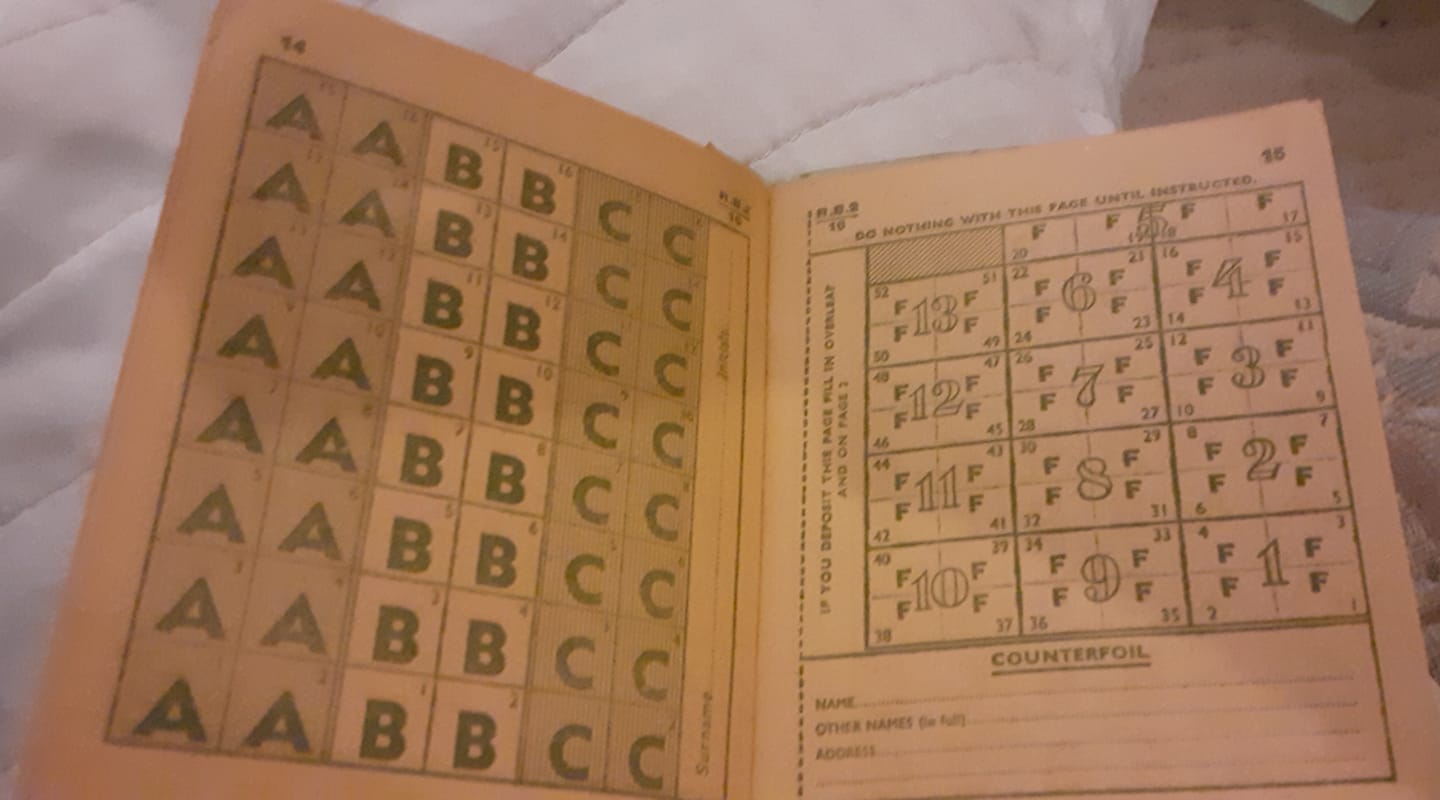
Example of the inside of Ration book provided by Ian Jones. 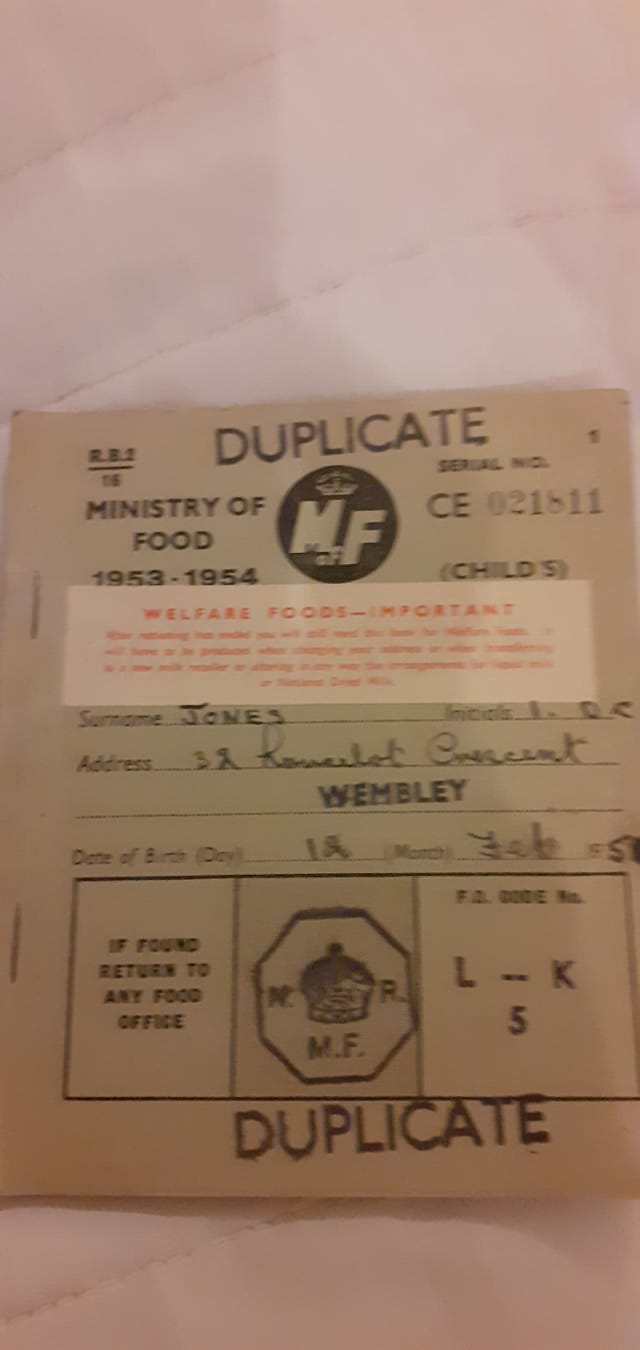
The front of Ian Jones’ ration book.
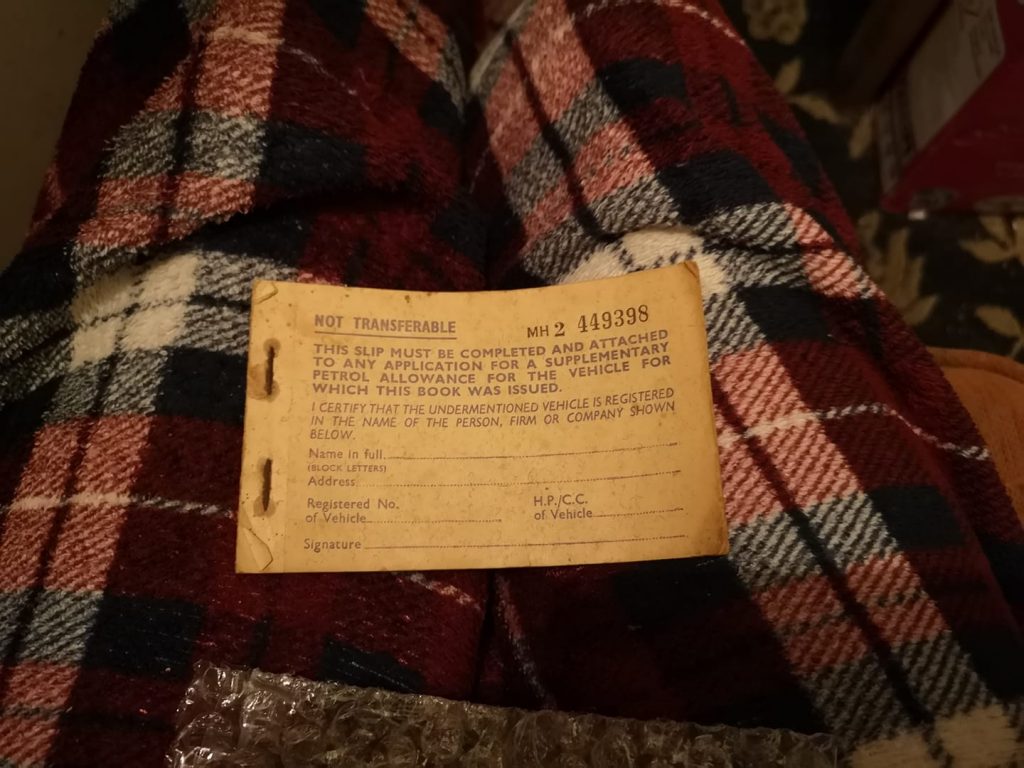
The outside of a petrol ration book. 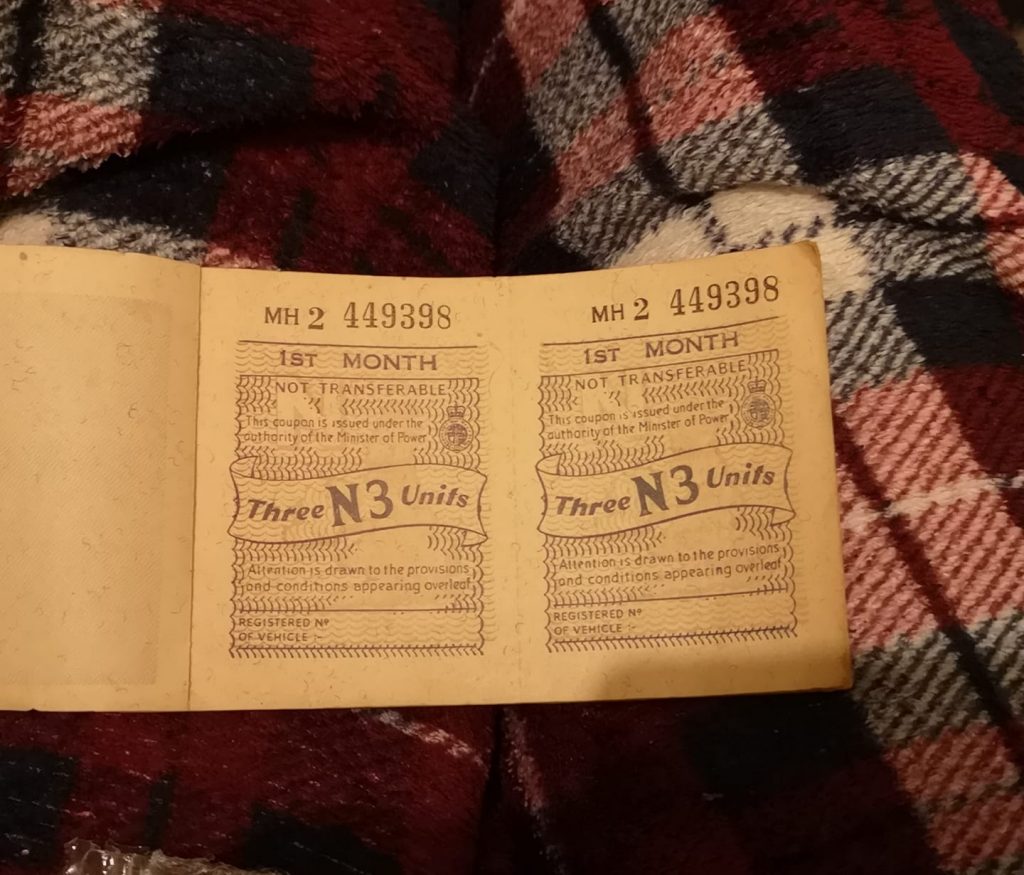
The inside of the ration book, note the number of units allowed to be acquired,
Christmas and money saving

The victory Christmas of 1945 would still have been reminiscent of a wartime Christmas due to rationing and soldiers being demobilised, despite this, there was a positive attitude and people were optimistic. Football games were played over the Christmas period and other events such as carolling, theatre and live bands were attended. Also related to Christmas is the concept of Christmas clubs which I discovered in an oral history interview I conducted. Due to the high levels of austerity, shops offered a scheme where one could deposit money into an account ready for Christmas. Dividends were also common methods of saving during this time. which both my interviewee and a Facebook contributor talked about. While not around nowadays, many have fond memories of these schemes.
Island Shops and Sweet Rations
One aspect of rationing many remembered and spoke about was the “Sweet” Ration. As many of the contributors to this project would have been of a younger age when rationing was in effect, a lot of their memories involve various sweet related rations. These included having their own jars portioned out to even trading their ration coupons with others for things of value. The many Woolworths that were situated throughout the towns of the island would have provided children with sweets from the “Pick’n’mix’ section. The island had many local shops throughout this period which still survive today such as Hurst’s, Beardsalls and Grace’s bakery. Alan Dinnis (pictured below) also shows his mother’s requirement book for a place called “Shergold Stores” where her order was portioned out and delivered.
Harvest Rations
One interesting variation of rationing that was brought to my attention was the “Harvest” or “Farmers” ration. According to Stan Hider this was distributed once a year and had to be registered with a local grocer. Speculating, this ration may have caused some inconveniences for the shop owners, potentially only giving out what they could spare. Phillip Day explains the logistics of being a farmer during this period, noting the many restrictions that were in place. Eggs had to be sold through a marketing board and all their milk was sent to creameries. Despite this, Farmers were considered lucky as they could access the produce of a livestock as long as they did not sell or gift either produce or livestock -this action could lead to criminal charges. He also mentions his and his father’s petrol ration.
Rationing of Fashion
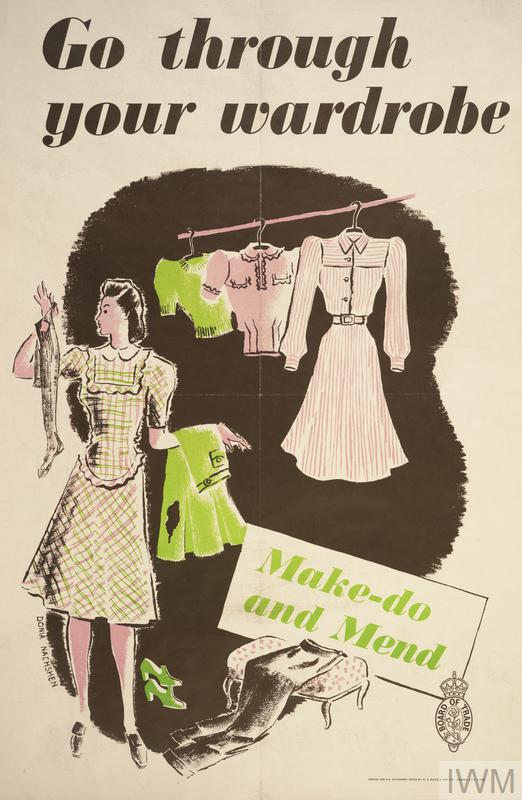
Go Through Your Wardrobe – Make-Do and Mend. An advertisement encouraging the repair and reuse of clothing. 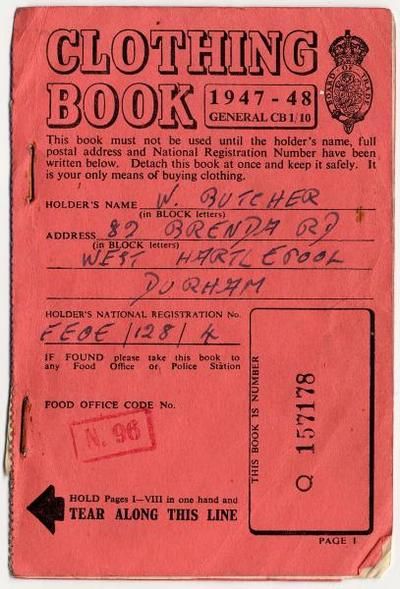
An example of a clothing ration book. 
Clothing coupons displayed courtesy of Stephen Jewell an island resident 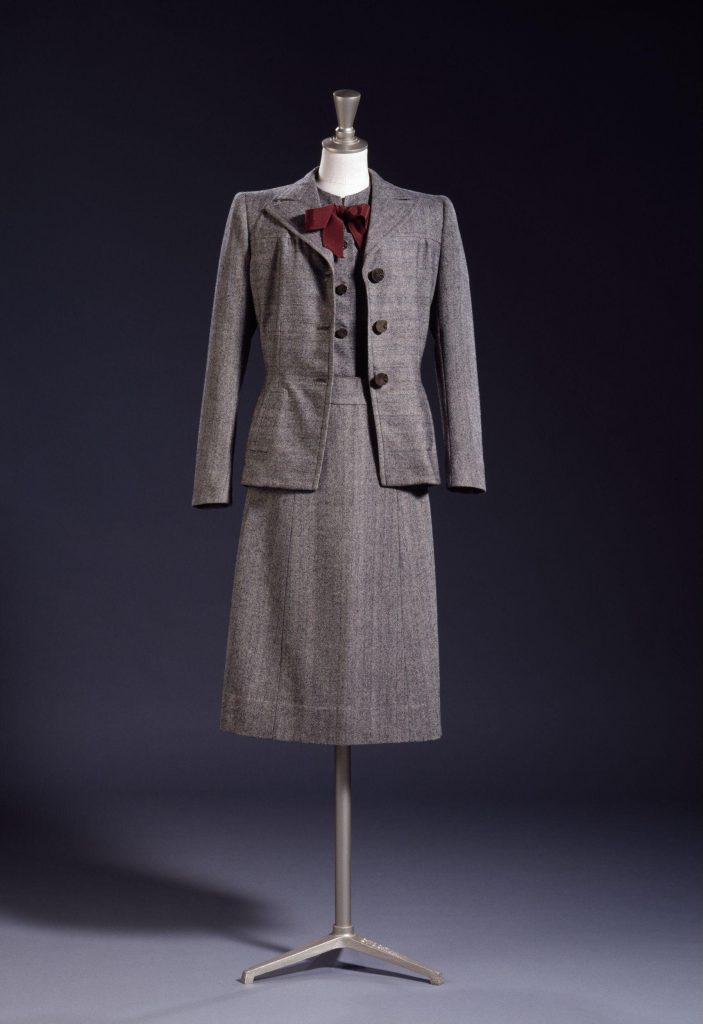
Example of the kind of clothes a woman would have worn. Including CC41 logos as badges.
Photo Credit: V&A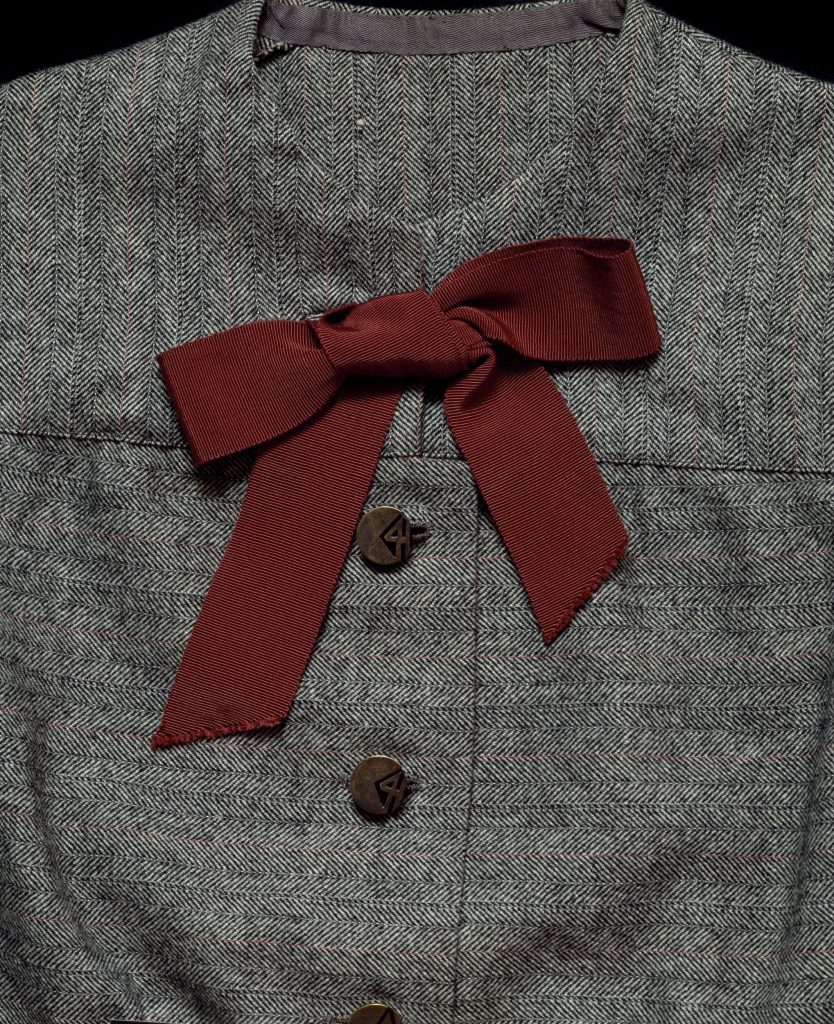
Example of the kind of clothes a woman would have worn. Including CC41 logos as badges.
Credit: V&A
The rationing of clothing for the population was in place until 1949 and there were strict rules as to what clothing you could purchase and how much of it. There were also restrictions on the clothes themselves such as; no turnups, no doubled breasted jackets, three button or less, three pockets or less and no buttons on cuffs. This naturally led to many people being creative with their clothing and making use of whatever they had.
CC41 Utility Items
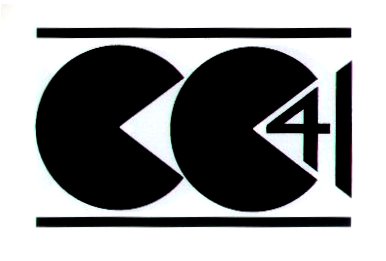
CC41 logo 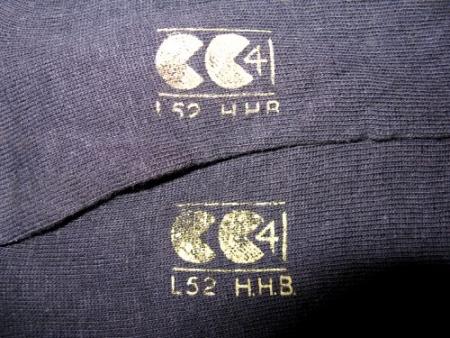
CC41 Utility Socks 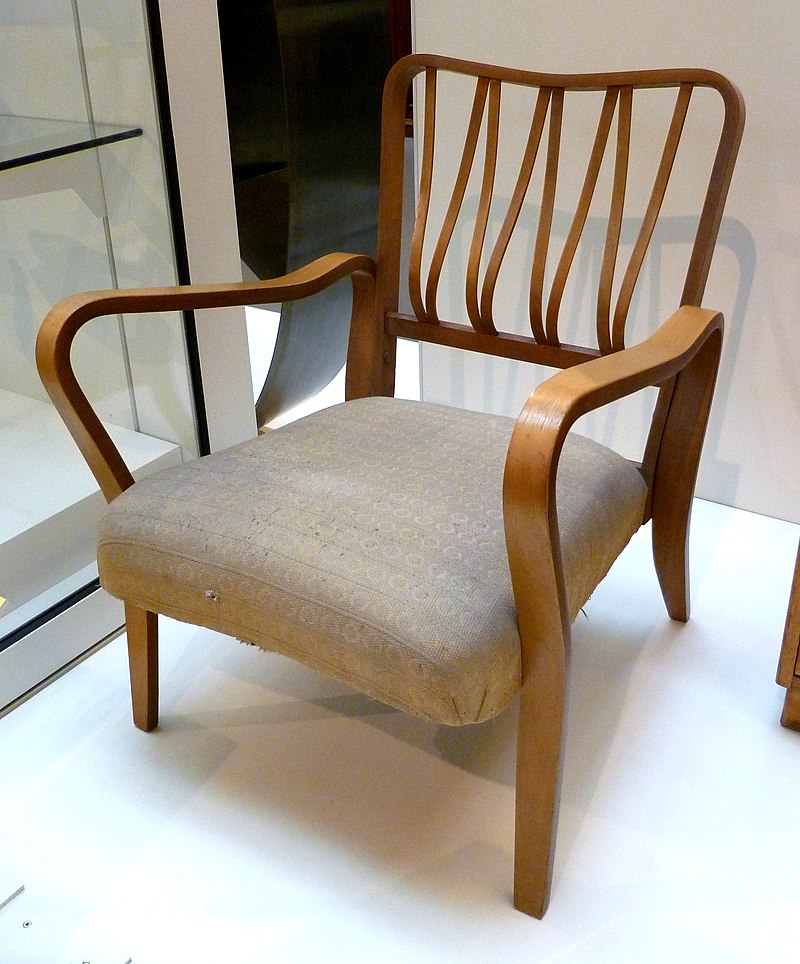
CC41 Utility laminate wood chair 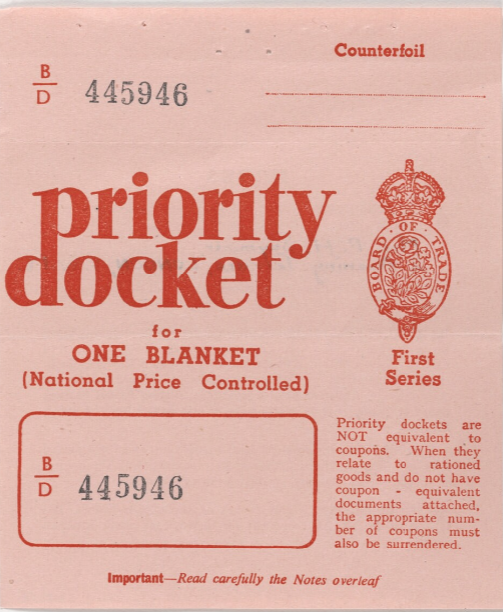
A priority docket for a utility blanket
With the rationing of so many items, there was a gap in the market for cheap but poor-quality products so the government stepped in with the utility CC41 scheme. This was to regulate quality and price along with making sure the clothes used the correct materials due to raw material shortages. While there were not many different styles, people praised their durability, practicality and price as the items were also tax-free, Furniture and items like radios was also included in this scheme, making them more viable for lower income families. The scheme didn’t fully end until 1952.

